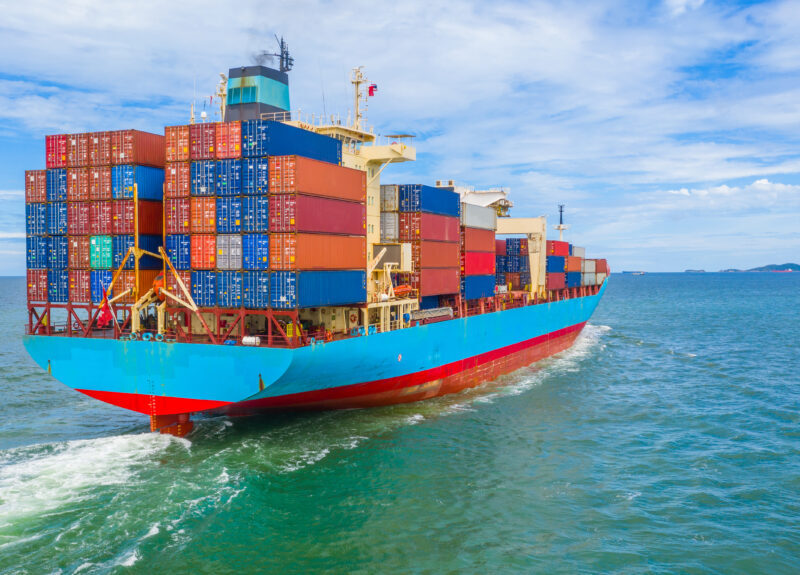
Why do all marine vessels with medical facilities need an oxygen tank, you may ask. The answer to this question lies in the long-term maintenance costs associated with an open-source of oxygen for your vessel. An open-source of oxygen costs money, and as such your overall operational costs will go up if you don’t have a constant flow of oxygen into your vessel. This in turn will lead to an increase in your vessels’ downtime, added maintenance costs, and other operational problems.
So what does this mean to the recreational boater? Well the short answer is that all marine vessels with living space need an oxygen tank. The long answer is much more involved and detailed, but we’ll get to that in a moment. In order to understand the why’s of having an oxygen tank on a recreational boat you must first understand the operational characteristics of a recreational boater. Recreational boating is a lot like skiing or snowboarding, there are many physical elements involved in the sport, and one of those physical elements is boarding up the vessel with something solid. This means that you can’t simply strap a bunch of bungee straps around the front of your boat and hope that you’re safe, because while you can be secured to the boat using bungee straps the weight of the boat is going to cause some damage along the way.
This is exactly why all marine vessels with living quarters need an oxygen tank. Boats without Oxygen tanks are like fish without water; they’re bound to die, and you would be wise to use an oxygen tank in order to minimize the effect of boarding damage and other physical impacts to the occupants of your boat. There are many manufacturers of recreational boats and vessels with living quarters out there that make use of specialized Oxygen Gas Systems, and there are a few reasons why these systems are superior to others. In the next article, we’ll take a look at those systems in detail and see why having an oxygen tank on board is so important.

Recent Comments